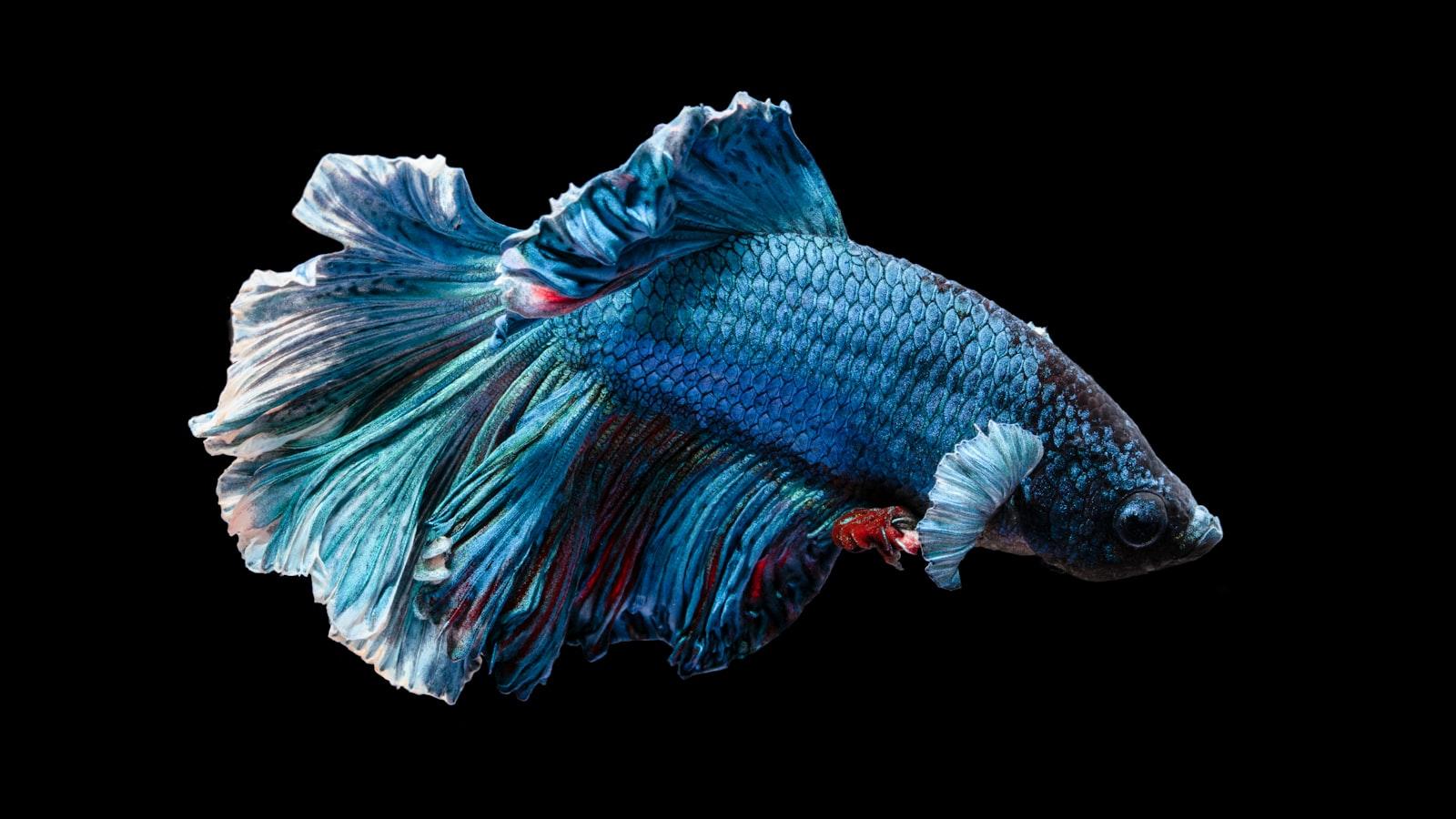Mercury in Fish: Unlocking the Aquatic Secrets to Nourish Mind and Body
Venturing into the deep blue abyss, where enigmatic creatures silently glide beneath the shimmering surface, is undoubtedly an enchanting experience. Yet, lurking within this ethereal realm lies a perilous secret that poses a threat not only to the inhabitants of the vast watery expanse, but also to our own well-being. This secret is known as mercury - a toxic element that infiltrates the majestic underwater world, making its way into the very flesh of our beloved fish. It is time to unravel this mystery and swim towards safer choices, unveiling a realm where our diets can nourish both body and mind without sacrificing the harmony of the deep, boundless oceans. Join us as we embark on a journey of knowledge, exploring the delicate balance between indulging in the flavors of the sea and protecting our health in an ever-changing world of culinary choices.
The Impact of Mercury Contamination: Understanding the Risks Associated with Consuming Fish
When it comes to seafood, fish has always been a popular choice for a healthy diet. However, it is important to be aware of the potential risks associated with consuming fish due to mercury contamination. Mercury, a toxic heavy metal, can be found in various fish species and can have detrimental effects on our health if consumed in large quantities. Understanding the risks and making safe choices is crucial for maintaining a healthier diet.
Mercury contamination in fish occurs when fish absorb and accumulate mercury through their diet and the water they live in. This can lead to elevated levels of mercury in their flesh, especially in larger and predatory fish. When consumed by humans, mercury can have harmful effects on the nervous system, cardiovascular system, and even the developing brains of young children. Pregnant women and those planning to become pregnant need to be particularly careful, as mercury exposure can pose additional risks to the fetus.

Navigating Mercury Levels: Identifying High and Low Contaminated Fish Varieties
When it comes to maintaining a healthy diet, choosing the right fish is crucial. However, with concerns over mercury contamination, navigating the different levels of mercury in various fish varieties can be a challenge. To make safe choices for a healthier diet, it’s important to identify fish with high and low levels of mercury.
High Mercury Fish Varieties:
- Swordfish
- Shark
- King Mackerel
- Tuna (Bigeye and Ahi)
- Marlin
These fish tend to accumulate higher levels of mercury due to their size, eating habits, and longer lifespan. It’s advisable to limit the consumption of these fish, especially for pregnant women, nursing mothers, and young children.
Low Mercury Fish Varieties:
- Sardines
- Salmon
- Trout
- Shrimp
- Pollock
- Cod
These fish have lower levels of mercury, making them safer options to include in your diet. Incorporating a variety of low mercury fish can provide essential nutrients such as omega-3 fatty acids without the risk of excessive mercury exposure.
When making fish choices, remember that different factors can influence mercury levels, including the location where the fish is caught and the habitat it comes from. It’s always a good idea to stay informed and check for any advisories or guidelines issued by local health authorities. By being aware of the mercury levels in different fish varieties, you can make informed decisions for a balanced and healthier diet.

Smart Choices for a Safer Diet: Recommendations for Selecting Low Mercury Fish
When it comes to making smart choices for a safer and healthier diet, being aware of the mercury content in fish is essential. Mercury, a toxic heavy metal, can accumulate in the bodies of fish and pose potential health risks to humans who consume them. However, not all fish carry the same levels of mercury, and by opting for low mercury options, you can continue enjoying the many benefits of a seafood-based diet without compromising your well-being.
To help you make informed decisions when selecting fish, here are some recommendations for choosing low mercury options:
- Opt for small fish: Smaller fish tend to have lower mercury levels compared to larger predator fish higher up in the food chain. Sardines, anchovies, and herring are excellent choices that are not only low in mercury but also packed with omega-3 fatty acids, promoting heart health.
- Focus on wild-caught: Wild-caught fish are generally safer than their farm-raised counterparts as they are less likely to be exposed to mercury through artificial feed. Look for sustainably sourced options such as Alaskan salmon or trout, which have lower mercury levels while still providing an abundance of nutrients.
| Fish Type | Mercury Level (PPM) |
|---|---|
| Tuna (canned, light) | 0.12 |
| Salmon (wild-caught) | 0.03 |
| Sardines (canned) | 0.01 |
Additionally, consider limiting the consumption of high mercury fish such as shark, swordfish, and king mackerel, especially for pregnant women, nursing mothers, and young children, as they are more vulnerable to mercury’s harmful effects. By making these smarter choices, you can enjoy a diverse range of low mercury fish options that not only add variety to your plate but also safeguard your health in the long run.

Making Informed Decisions: Balancing the Benefits and Risks of Consuming Fish
When it comes to promoting a healthy diet, fish often takes center stage. Packed with essential nutrients, omega-3 fatty acids, and high-quality protein, fish has long been hailed as a nutritional powerhouse. However, as consumers, it is crucial to understand and navigate the potential risks associated with certain types of fish due to mercury contamination.
Mercury is a naturally occurring element that can find its way into bodies of water through industrial pollution. While nearly all fish contain trace amounts of mercury, certain species can accumulate higher levels. Pregnant women, nursing mothers, and young children are particularly vulnerable to mercury’s harmful effects, such as impairing brain and nervous system development. To ensure safe consumption, it is important to make informed choices by considering both the benefits and risks of eating fish. Choosing species that are lower in mercury, such as salmon, sardines, and trout, can help optimize the health benefits while minimizing potential risks.
The Way Forward
As we cast our gaze upon the swirling depths of our oceans, one question often arises: how can we navigate the treacherous waters of food safety and still satisfy our seafood cravings? In our quest for a healthier diet, one element looms large—the presence of mercury in fish. But fear not, dear readers, for we have delved into the depths of this issue, arming ourselves with knowledge to help you make safe choices.
Mercury, that elusive silver element, has made its way into our precious marine life. Yet, armed with information, we can still savor the bounty of the sea without compromising our health. The key lies in understanding which fish play host to lower levels of mercury and hence, are safer for consumption. By making informed choices, we can swim in culinary delight, worry-free.
It goes without saying that pregnant women and young children need to be extra cautious. Selecting fish varieties that have lower mercury levels is crucial for their delicate systems. Opting for seafood delights like shrimp, salmon, and sardines, among others, can help satiate their cravings while keeping mercury levels at bay. By treading carefully, we ensure that our loved ones are nourished and protected.
For the health-conscious among us, exploring the vast array of delicious options becomes a tantalizing adventure. From the delicate flaky texture of cod to the succulence of trout, the possibilities are nigh endless. By choosing fish with lower mercury levels, we can unlock the nutritional benefits of omega-3 fatty acids and a host of other essential nutrients.
As we bid adieu to this voyage of knowledge, remember, dear readers, that the sea teems with an abundance of flavors and nourishment. With the right insight, we can choose the path of health and vitality, savoring the bounty of the deep without a trace of hesitation. So, dive into the world of seafood with confidence, and let your taste buds be your guide on this journey towards a healthier, happier you.



